We're committed to understanding and creating a sustainable future for the unique flora, fauna and land of Aotearoa New Zealand.
Plant scientists from our School of Food Technology and Natural Sciences and School of Agriculture and Environment are involved in collaborative research projects and groups across the College of Sciences, including our indigenous flora seed bank, herbarium and arboretum.
Our research focuses on plant breeding, genetics, preserving plant biodiversity, and conservation of native plants.
New Zealand Indigenous Flora Seed Bank (NZIFSB)
One way to safeguard our indigenous plants is to dry and store seeds at low moisture and temperature in a seed bank. Once banked, seeds will remain viable for decades. Those seeds can then be used to reintroduce plants into areas where they have been lost.
The NZIFSB aims to collect seeds from all flowering plants of New Zealand to conserve the biodiversity within our indigenous flora.
Trained volunteers collect the seeds. After processing, seeds are banked at -20°C in our physical seed bank at the Margot Forde Forage Germ Plasm Centre (AgResearch). We also keep a specimen of each native plant that seeds are collected. This specimen is prepared and stored at the Dame Ella Campbell Herbarium.
As with any bank, withdrawals are possible but only for limited purposes, such as:
- reintroduction of species where populations have been lost in the wild
- research projects that will help with ex-situ or in-situ conservation of the species
- multiplication to replenish seeds in the seed bank.
Since October 2013, over 90 species have been collected and banked.
While the NZIFSB aims to collect seeds from all New Zealand flowering plants, the collecting programme focuses on four target species.
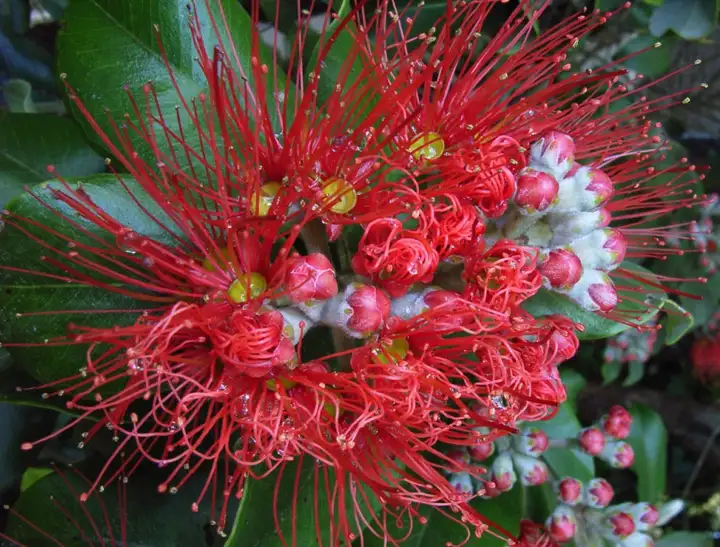
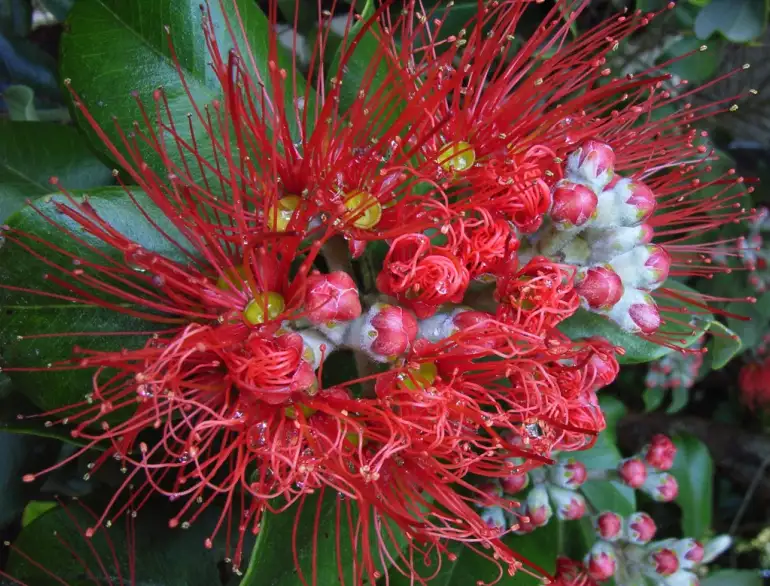
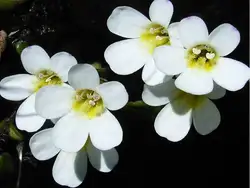
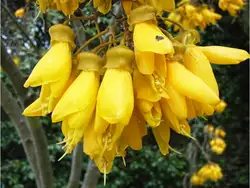
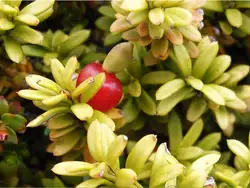
Volunteer with us
We are always looking for people to help us. Volunteers are a vital part of the seed bank project, and there is specific training available for those who volunteer to:
- collect seeds (anywhere in New Zealand)
- prepare the seeds for banking (Palmerston North)
- germinate a selection of seeds (Palmerston North).
Dame Ella Campbell Herbarium (MPN)
The Dame Ella Campbell Herbarium (MPN) is located on Massey University’s Manawatū campus in Palmerston North.
The herbarium is a collection of dried, pressed plant specimens used for scientific research. The majority of our collection comes from New Zealand, but there are also many specimens from around the world. We currently have 40,000 specimens databased.
Our specimens are prepared with archival-quality materials and intended to last for centuries. They are used for studies related to ecology, geography, systematics, and taxonomy.
If you are a researcher, you can borrow specimens from our collection for your work through an institutional loan.
Molecular plant pathology laboratory
Plant pathology is the study of diseases in plants caused by infectious organisms (pathogens). Our laboratory investigates how these pathogens affect an infected plant at the molecular level.
The main goal of our research is to develop a comprehensive understanding of these interactions. Currently, breeding programmes are underway to increase disease resistance in kauri, pine, apple, tomato and kiwifruit. Our research may have a significant impact on their success.
Botanic gardens project
Massey University's Manawatū campus is a beautiful, lush expanse that already hosts 11,000 different species of plants. The botanic gardens project aims to expand on this to create a botanic garden available for research, teaching and to the community across New Zealand and internationally. This garden will generate a wealth of information on restoration methods and the management of rare, threatened and endangered plants from around the world.
Plant science facilities
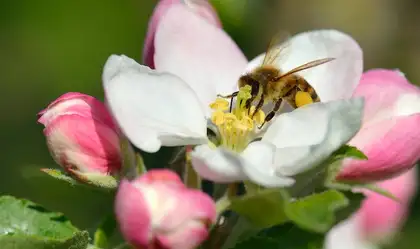
Massey horticultural units
Purpose-built facilities for teaching and research in plant science and production include:
- 7 hectare orchard
- 25 glasshouses
- six temperature-controlled rooms
- growth cabinets.
Plantings include apples, pears, green and gold kiwifruit, and vegetable trials of traditional Māori crops.
Location: Manawatū campus, Palmerston North
Contact: Mark Osborne
Email: m.a.osborne@massey.ac.nz
Our people
Meet our plant scientists

Associate Professor Jennifer Tate




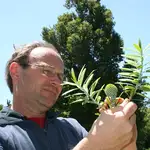

Georgina Homs Aubia

Associate Professor Paul Dijkwel
Plant science research projects
New Zealand Virtual Herbarium project
MPN is a member of the New Zealand National Herbarium Network and contributes to the New Zealand Virtual Herbarium project, which aims to make specimen information available online for plant and fungal collections housed in the 11 different herbaria across New Zealand.
New Zealand National Herbarium Network
New Zealand Virtual Herbarium project
Alternatives to drying seeds
Not all seeds can be dried for banking. For example, kohekohe seed dies when dried below 30 to 40 per cent moisture. Part of this project is to determine which seeds can be dried for banking and how else we can store seeds that cannot be dried.
Collect, study and store alpine flora
Our alpine flora is highly endemic – about 83 per cent of our alpine plant species only grow in a particular place, which makes them vulnerable to climate change.
Massey University is leading a project to collect, study and store these seeds as part of an ex-situ conservation strategy to conserve our biodiversity. Funding for this project is from the Lottery Grants Board.
Effector proteins in plant-pathogenic fungi and oomycetes
Plant-pathogenic fungi and oomycetes secrete protein molecules called effectors, plus secondary metabolites. These effectors cause disease by changing the host plant's physiology or interfering with the plant's immune responses.
However, the same effectors can trigger host immunity in the presence of cognate host immune receptor proteins. Understanding how these pathogens and their effector proteins affect a plant may help to increase disease resistance in kauri, pine, apple, tomato and kiwifruit through targeted breeding programmes.
Our research focuses on identifying and characterising these effectors across a range of pathosystems. These include:
- three plant-pathogenic fungi which cause scab and leaf mould disease in apple and tomato (Venturia inaequalis, Cladosporium fulvum) and needle blight of pines (Dothistroma septosporum)
- the plant-pathogenic bacterium Pseudomonas syringae pv. actinidiae (Psa), which causes canker disease in kiwifruit
- oomycete pathogens, including the kauri dieback pathogen (Phytophthora agathidicida) and the pine red needle cast pathogen (Phytophthora pluvialis).
Cellular morphotypes in filamentous plant-pathogenic fungi
Filamentous fungi can change their form, shape or structure (morphotype) to colonise an infected host. They do this through modifications in their cell surface. We study how they differentiate and maintain each cellular morphotype.

NZIFSB helping to save native trees from Myrtle rust
The NZIFSB was part of New Zealand’s national response to the incursion of Myrtle rust in 2017 – a fungal disease with the potential to decimate our native and introduced Myrtaceae species. Seed banking is vital to make sure trees like pōhutukawa and manuka aren't wiped out by the fungus.
DoC banking on more seeds to save native trees from myrtle rust fungus
School of Agriculture and Environment – Manawatū campus
- ag@massey.ac.nz
- Location
Physical address
AgHort Building
Manawatū campus
Palmerston NorthUse our Manawatū campus maps or find us on Google Maps.
Related content
Palynology Lab
Massey operates a world-class palynology laboratory, studying and analysing pollen samples.
New Zealand weeds database
Find information on 78 of the more troublesome weeds found in New Zealand agriculture and horticulture.
Pasture plant ID
Identify the most common pasture grasses and legumes in New Zealand, including a few of our most common cereal and forage crops.
